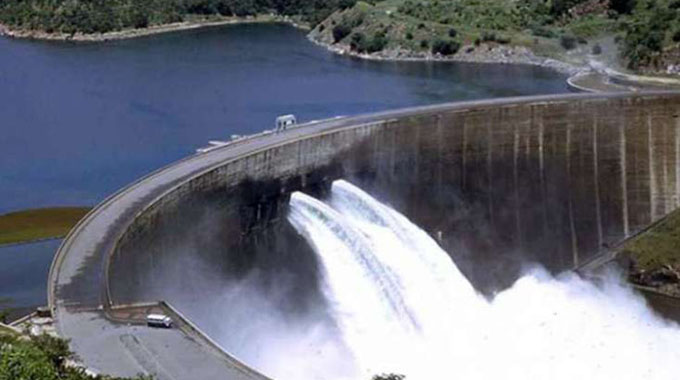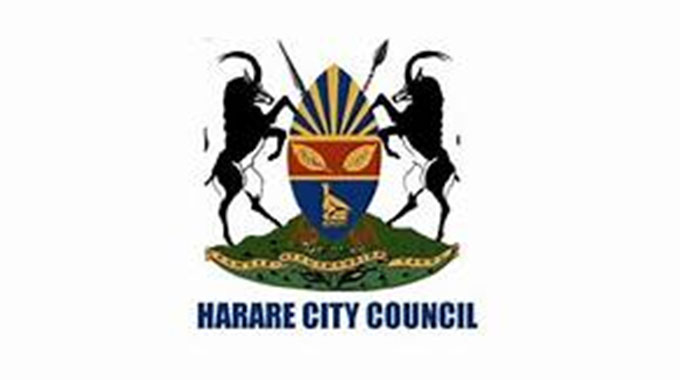ZRA allots more water for Kariba generation

Walter Nyamukondiwa
Kariba Bureau
THE Zambezi River Authority (ZRA) has provisionally allocated 30 billion cubic metres of water for power generation to be shared equally between Zambia and Zimbabwe buoyed by forecast of above average inflows in the Lake Kariba catchment.
This is an increase from the 22 billion cubic metres that the authority allocated during the same period last year, effectively capping combined power generation output at around 550MW (or 275MW for each of the two power plants at Kariba).
The allocation was later reviewed upwards following above expected inflows caused by flooding upstream of the Zambezi River during the second quarter of this year.
In an update in Lusaka, Zambia, ZRA acting chief executive Engineer Edward Kabwe said the allocation was subject to review depending on the hydrological outlook of the Zambezi River Catchment with a view to guarantee that power generation continues unhindered.
“Following the projected favourable seasonal rainfall outlook for the 2020/21 rainfall season (October 2020-March 2021) made by weather experts including the local meteorological departments, which could result in slightly above average inflows into Lake Kariba, the Zambezi River Authority has allocated 30BCM of water for power generation at Kariba Dam to be shared equally between Kariba North Bank Power Station and Kariba South Bank Power Station,” said Eng Kabwe.
“The projections made by the weather experts imply that the Kariba catchment is set to have a higher probability of receiving normal to above-normal rainfall during the period October to December 2020 and normal to above-normal rains during the period January to March 2021.”
The 24th Annual Southern Africa Regional Climate Outlook Forum (SARCOF-24) which was held virtually from 27th to 28th August 2020 predicted that the bulk of the SADC region would largely receive normal to above-normal rainfall between October and December 2020.
The Zambezi River Catchment encompasses North-Western Angola, the bulk of the Democratic Republic of the Congo, most of Eastern Madagascar, Northern Malawi, Northern Mozambique, Seychelles, United Republic of Tanzania and North-Eastern Zambia.
The entire SADC region is projected to receive normal-to-above normal rainfall for the period January to March 2021 while the Climate Prediction Centre (CPC) of the USA has also forecast above-average rainfall over portions of Southern Africa during the period December 2020 through to March 2021.
Lake Kariba has been receding steadily after reaching peak levels of 481,30 metres at 26,94 billion cubic metres of stored usable water (translating to 41,57 percent of live storage that can be used for power generation).
Latest figures show that the lake currently has about 15,77 billion cubic metres (478,97m) translating to 24,34 percent live storage, which can be used for power generation.
This is about 3,47 metres above the Minimum Operating Level of 475,50m.
During the same period last year, the lake was only 1,89m above the minimum operating level which was 13,10 percent (477,39m) of stored usable water.
Flows upstream of the lake have significantly dropped the principal gauging stations of Chavuma and Victoria Falls showing a typical massive drop to 86 cubic metres of water per second from a peak flow of 5,825 cubic meters per second recorded on April 6, 2020.










Comments